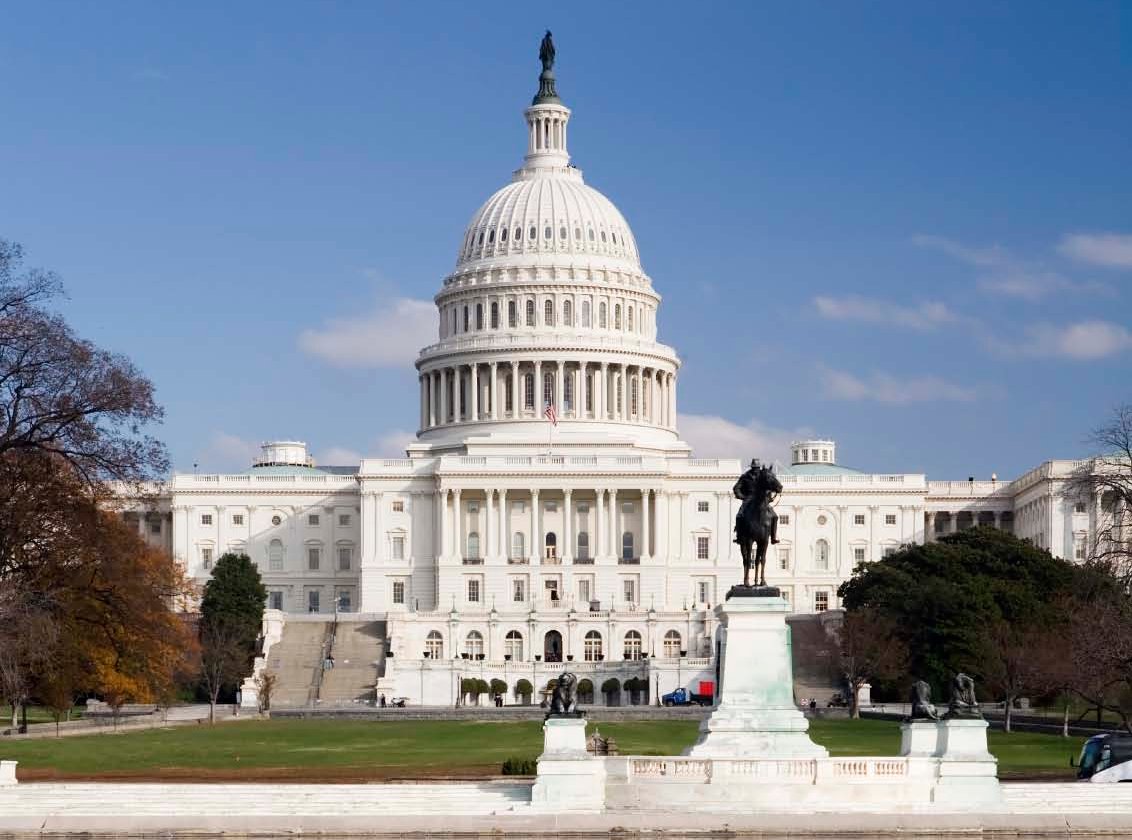August 2011, Vol. 66 No. 8
Washington Watch
4G Satellite May Threaten GPS; EPA cedes some ground on GHG monitoring

Proposed 4G satellite service raises GPS Interference questions
A critical report from a Federal Communications Commission advisory committee on June 30 was the latest hitch in the plans of a company called LightSquared to offer new 4G wireless service to broadband users.
LightSquared would share some of the broadband spectrum used by global positioning system (GPS) service providers, which has caused users of GPS services, such as pipeline and underground construction companies, to worry about interference with their mapping efforts. Earlier this year, the FCC gave LightSquared conditional approval to use the 10 MHz spectrum it owns providing the interference problem could be solved.
But the report on June 30 from the Global Positioning System Industry Council asserted that LightSquared planned operations in the 10Mhz spectrum could negatively affect 500 million GPS receivers used by public safety agencies, construction companies and others. That report followed by one week approval by the House Appropriations Committee of an amendment which would allow FCC approval in fiscal 2012 only if interference issues are settled. FCC Chairman Julius Genachowski has supported the LightSquared application because it will create jobs and provide new broadband service in rural areas, especially via use of spectrum that is currently underused.
On the heels of the advisory committee report, LightSquared submitted to the FCC proposed changes to its operational plan which would allow it to get up and running now while the interference issue is settled, hopefully by 2015, the date the company originally expected to be at full service. This short-term solution involves using an alternative block of spectrum located further away from GPS frequencies and reducing its base station power by more than 50 percent. LightSquared has argued that the interference problems are the result of “the GPS device manufacturer’s decision over the last eight years to design products that depend on using spectrum assigned to other FCC licensees.”
EPA gives ground on greenhouse gas monitoring
The Environmental Protection Agency bowed to complaints from the natural gas and petroleum pipeline industries and softened some of the monitoring requirements for greenhouse gas emissions (GHG) which went into effect starting March 31, 2011. The EPA stepped back from elements of what is called the Subpart W requirements for the industry that the agency issued in late 2010. In that final rule, the agency restricted pipeline companies from using best available monitoring methods (BAMM) to determine leaks of fugitive and vented emissions from various compressor equipment and pipeline pumping equipment. BAMM allows companies to estimate emissions and is less costly than the prescriptive monitoring requirements which were included in the Subpart W final rule.
INGAA and the API filed lawsuits in early 2011 asking for broader use of BAMM, and the agency has now, via a proposed rule issued on June 28, given them new leeway, retroactive to March 31. Lisa Beal, vice president, environment and construction policy at INGAA, says she is satisfied that EPA loosened requirements related to 2011 reporting but remains frustrated the agency continues to implement the Subpart W rule in such a piecemeal fashion. “Our biggest issue remains the lack of a clear process for obtaining BAMM in the post 2012 time period,” she adds.
In its proposed rule of June 27, the EPA essentially allowed pipelines to use BAMM without obtaining EPA prior approval until Dec. 31, 2011. With regard to use of BAMM beyond 2011, in the original final rule the EPA said BAMM could be used beyond Dec. 31 only if companies could prove extreme and unique circumstances. In the June 27 proposed rule, the agency removed the reference to extreme circumstances.




Comments